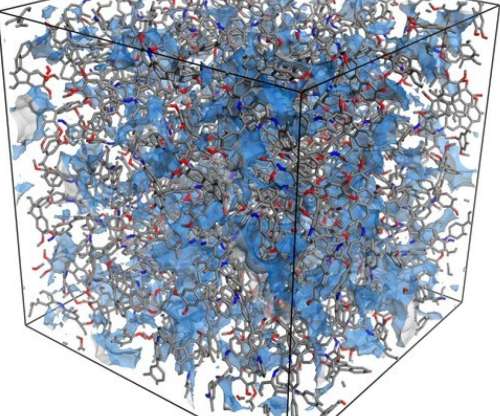ExxonMobil, Georgia Tech and Imperial College London publish joint research on potential breakthrough in membrane technology for oil refining
Green Car Congress
JULY 18, 2020
With this application in mind, we created spirocyclic polymers with N-aryl bonds that demonstrated noninterconnected microporosity in the absence of ladder linkages. The resulting glassy polymer membranes demonstrated nonthermal membrane fractionation of light crude oil through a combination of class- and size-based “sorting” of molecules.
















Let's personalize your content